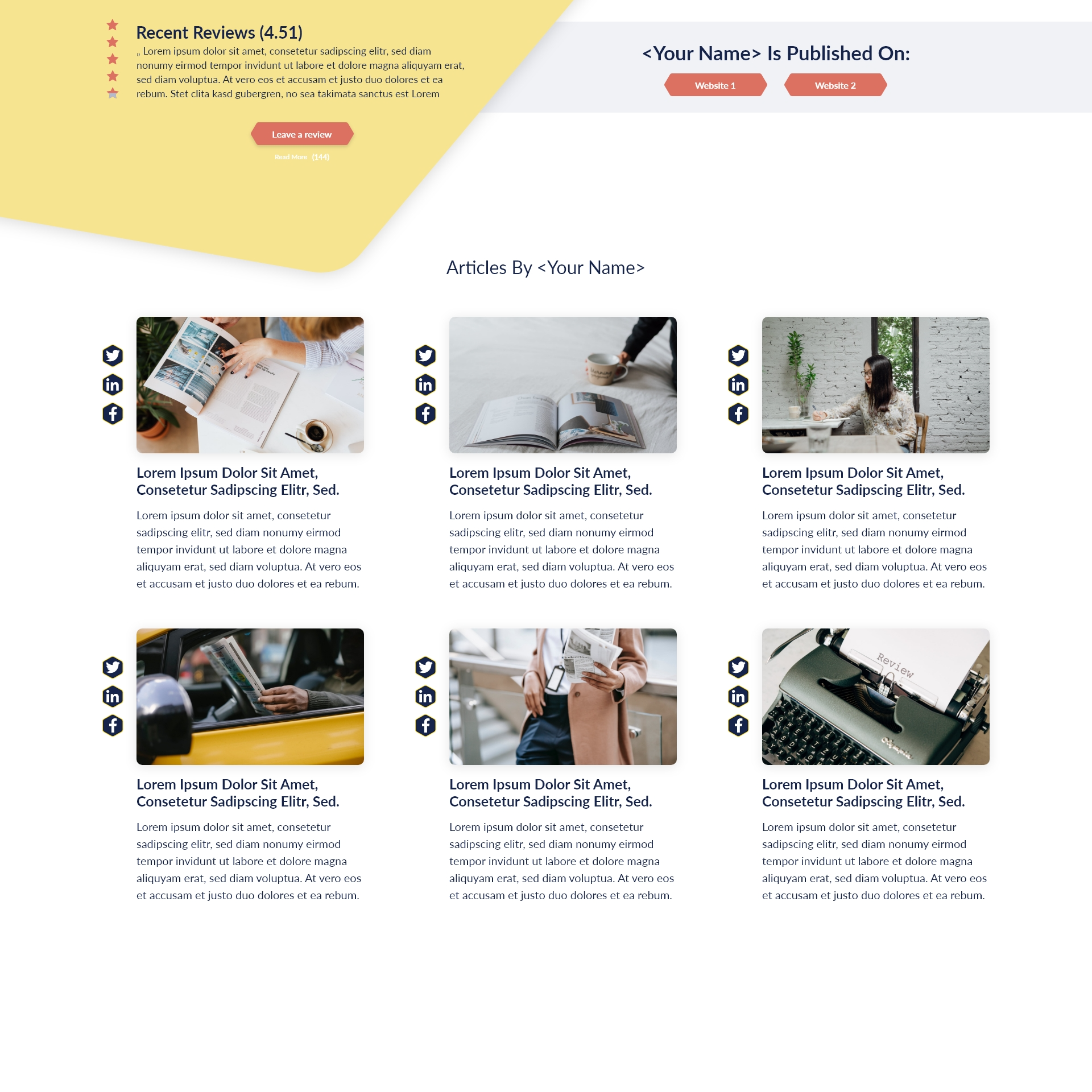Key Takeaways:
- Effective communication is essential for fostering employee engagement and motivation.
- Leaders must adapt their styles and strategies to suit the diverse needs of their teams.
In today’s fast-paced and often tumultuous business environment, the ability to engage and motivate employees is more crucial than ever. Organizations are only as strong as their teams, and this is especially true when it comes to employee engagement. This article explores effective communication strategies that leaders can use to foster engagement and motivation, ultimately contributing to the overall success of their teams and organizations as a whole.
What is Employee Engagement?
Before delving into specific strategies, let’s clarify what employee engagement means. Employee engagement refers to the level of an employee’s emotional commitment to their organization and its goals. Engaged employees are those who feel connected to their work, are motivated to contribute positively, and tend to go above and beyond the call of duty.
The benefits of employee engagement are manifold. Engaged employees exhibit greater productivity, lower turnover rates, increased profitability, and higher customer satisfaction levels. Thus, understanding how to enhance engagement through effective communication is vital for any leader.
Why Effective Communication Matters
In the realm of leadership, communication acts as the oil that keeps the organizational wheels turning smoothly. Effective communication nurtures trust, clarifies expectations, and strengthens relationships between leaders and team members. It creates a culture where individuals feel heard, valued, and motivated to engage in their work.
Let’s explore how leaders can implement effective communication strategies to boost employee engagement.
Strategies for Enhancing Employee Engagement:
-
Regular Check-Ins:
One of the simplest yet most effective strategies for enhancing employee engagement is conducting regular check-ins. These can be informal sit-downs, quick virtual meetings, or scheduled performance reviews. Leaders should use these opportunities to ask how employees are feeling about their workloads, challenges, and overall job satisfaction. By showing genuine concern for their team’s well-being, leaders can foster deeper connections. -
Active Listening:
Implementing active listening techniques can significantly enhance communication. Leaders should focus on listening more than they talk during discussions. This practice signals to employees that their thoughts and opinions matter, thereby promoting a sense of ownership and engagement within the team. -
Fostering Transparency:
Open and transparent communication is essential for engagement. Sharing company goals and challenges, as well as changes that may affect the team, can build trust and loyalty. Employees are more likely to feel energized and motivated when they understand the bigger picture and see their role in it. -
Encouraging Feedback:
Leaders should create a culture where feedback flows in both directions. Encouraging employees to provide feedback not only on their experiences but also on organizational processes can help uncover opportunities for improvement. Recognizing and acting on this feedback can lead to greater engagement. -
Tailoring Communication Styles:
Different employees may respond better to different styles of communication. Knowing your team and adapting your communication approach can make a significant difference. For instance, some team members may prefer emails, while others might thrive in collaborative meetings. Recognizing and adjusting to these preferences can help elevate engagement levels.
What Role Does Goal Setting Play?
Effective communication is inherently intertwined with goal-setting. Clearly defined goals can provide employees with a sense of purpose and direction. Leaders should communicate these goals effectively, ensuring that each team member understands not only what the goals are but also how their personal work contributes to achieving them.
Regularly revisiting these goals through conversations can also help maintain focus while fostering a sense of achievement as milestones are reached.
Addressing Conflicts Proactively
Conflict is an inevitable part of any workplace. However, how leaders manage conflicts can either enhance or diminish employee engagement. Communicating proactively about conflicts and addressing them head-on can prevent issues from escalating and creating a negative work environment. Utilizing conflict resolution strategies to facilitate open discussions can engage employees and help them feel they are part of a cohesive team.
What Is the Impact of Recognizing Contributions?
Recognition can amplify employee engagement significantly. Acknowledging individual and team contributions creates a positive communication loop. Publicly recognizing achievements, whether through informal shout-outs or structured award systems, can validate employees and encourage them to remain engaged and motivated.
Conclusion
To summarize, enhancing employee engagement through effective communication is a multifaceted approach that requires consistent effort and adaptability. Leaders who cultivate open channels of communication, encourage feedback, practice active listening, and recognize contributions are far more likely to create an engaged workforce. Employee engagement not only boosts productivity but also improves job satisfaction, creating a healthier workplace environment.
By implementing these communication strategies, leaders can unlock the full potential of their teams, driving both individual and organizational success in today’s competitive market.








